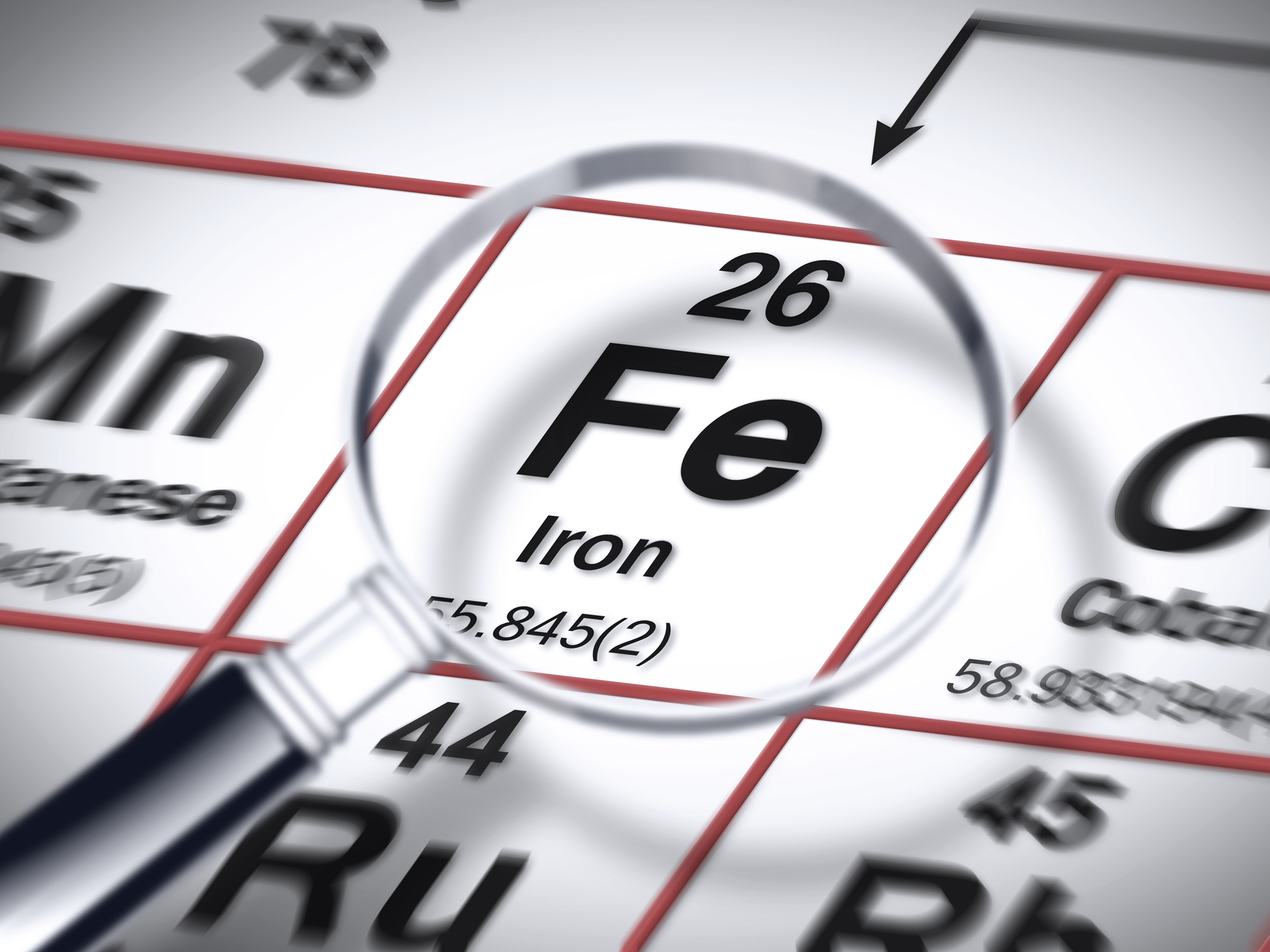Get Easy Health Digest™ in your inbox and don’t miss a thing when you subscribe today. Plus, get the free bonus report, Mother Nature’s Tips, Tricks and Remedies for Cholesterol, Blood Pressure & Blood Sugar as my way of saying welcome to the community!
The iron condition that steals your energy and causes liver cancer

Nancy is a 52-year-old patient with slowly worsening symptoms of fatigue, abnormal weight gain, low interest in sex, low back pain, occasional palpitations, and esophageal reflux.
In search of causes, I ordered basic blood tests. She specifically asked for a test I rarely order: serum Ferritin (storage form of iron).
These initial tests revealed she has low testosterone, low vitamin D, and I was surprised to find her Ferritin level to be very elevated. This means she has iron overload, also known as hemochromatosis.
What is hemochromatosis?
Hemochromatosis is a genetic iron over-storage disease. If left untreated, too much iron can damage many important organs:
- Joints
- Heart
- Liver
- Pancreas
- Pituitary
It can also largely contribute to diabetes, low thyroid function, low sex hormones (e.g. infertility, impotence), and even depression. And patients with hereditary hemochromatosis are at high risk of developing liver cancer.
With such widespread adverse effects on your body, you can see how hemochromatosis can be the cause for many perplexing symptoms, such as fatigue, abnormal weight gain, low interest in sex, palpitations, joint and low back pain (just as Nancy was experiencing).
Fatigue is the most common symptom of iron overload. Another interesting common finding is pain in the knuckles of the index and long fingers, called “The Iron Fist.”
It is estimated that more than 16 million Americans have elevated iron. The good news is that it can be easily detected with just a check for serum Ferritin — and treated before you develop organ damage. It is thought that if a person is diagnosed and treated before serum ferritin gets more than 1,000 ng/mL, their risk of liver cirrhosis or liver cancer is below 1 percent.
What causes iron overload?
You know that iron is an essential nutrient. In your red blood cells, it grabs onto oxygen (in the hemoglobin protein) and takes it to all your body organs. If you have iron deficiency (from poor absorption of iron or heavy bleeding conditions) you can have anemia.
Iron overload is sort of the opposite. The main reason for iron overload is due to an abnormally high iron absorption from the diet. We normally absorb about 8-10% of the iron of food, but people with hemochromatosis can absorb four times the normal amount. The problem then becomes getting rid of extra iron, something our bodies cannot do. Therefore, it accumulates in organs.
Treatment
The main goal in treatment is simply to reduce iron levels to the normal range. This is done through therapeutic phlebotomy (blood removal), similar to regular blood donation, done every 8 weeks or more often if needed to get to the normal range. Then, only maintenance phlebotomies are needed every 2 to 4 months — for life.
There are dietary recommendations and helpful nutrient supplements to also consider.
Diet and supplements for hemochromatosis
It is the heme iron (not non-heme iron) that is most easily absorbed from your diet. Foods high in heme iron include red meat, and some fish such as tuna. However, fruits, vegetables, nuts, seeds, and grains have mostly non-heme as their iron. Feel free to each these plentifully!
I am not too sure about the science behind the use of supplements such as Boswellia and curcumin, but there are such products on the market to help “block” iron absorption.
Regarding Nancy, I have ordered a few more blood tests to help determine the extent of her iron overload condtion:
- Chemistry panel (mainly to see liver enzymes)
- HgbA1c (she has a family history of diabetes),
- Other iron studies as a baseline: TIBC (Total Iron Binding Capacity), serum Iron and Transferrin.
Remember, it is a simple thing to ask your doctor to add in the Ferritin test with standard routine blood tests.
To long term health,
Michael Cutler, M.D.












